If there is a place that stays with you for a long time after you’ve left, that place is Colombia. The second most biodiverse country in the world, Colombia is a melting pot of lush natural landscapes, intriguing culture, diverse cool cities, Caribbean islands and many incredibly warm, authentic locals.
The perfect word to describe Colombia, is, in fact, ‘authentic’. The social layers and incredibly shocking fresh past filled with terror and violence, seems to not have spoiled that genuine will in the locals to better themselves and their country. They’re enthusiastic about a future when tourists will choose Colombia because of its incredible history, breathtaking nature and human warmth. It’s not surprising that you shouldn’t mention P.E.’s name in their presence and you don’t need to when there’s so much else to talk about.
We spent 16 days in Colombia between November and December 2019. My advice would be to go as soon as you can as the density of tourism is still not as high as other South American countries, but that will not last for long.
Not only is Colombia a gorgeous, varied place to visit, it’s also a very reasonable one.
This is what our itinerary looked like:
We arrived in Bogota on November 28 and stayed there for 3 nights, which included a day excursion to Guatavita and the Salt Cathedral. This allowed us to enjoy the capital which is sometimes underrated but turned out to be a fantastic city full of culture, history, breath-taking views and quite a lively food scene.
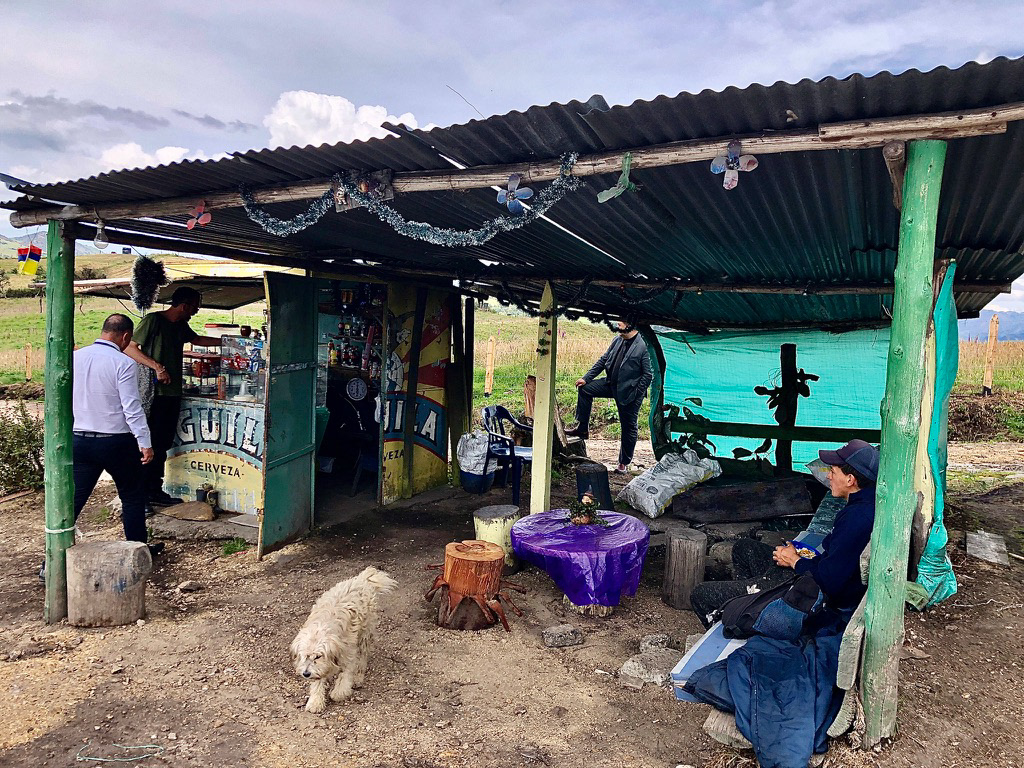

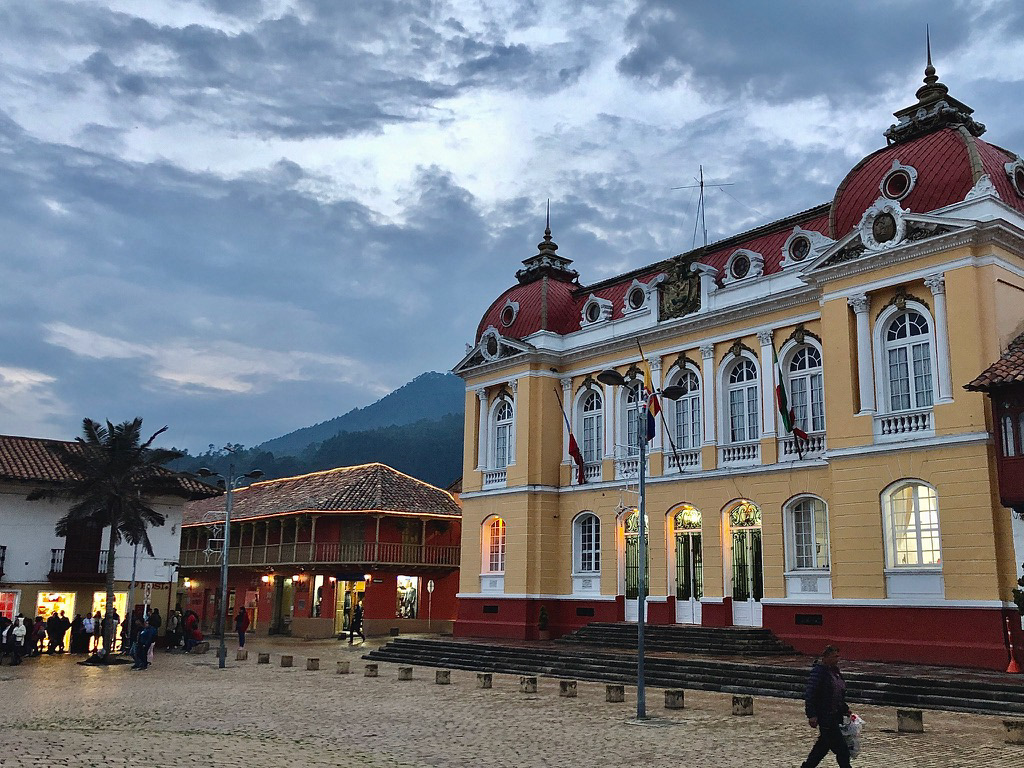
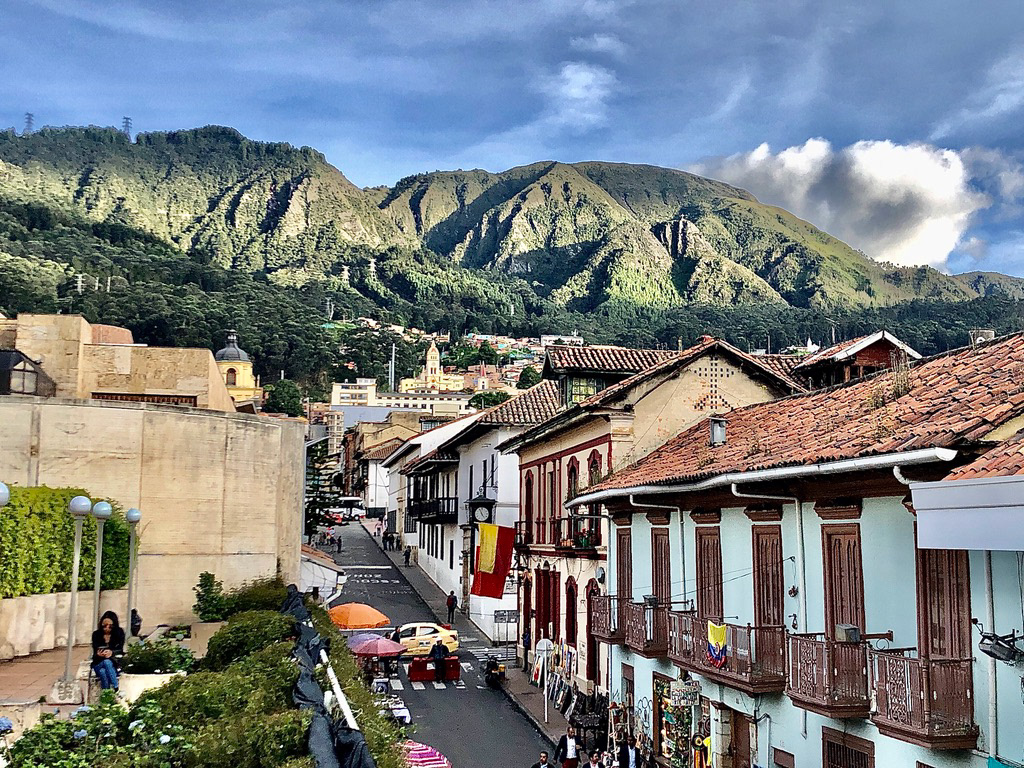

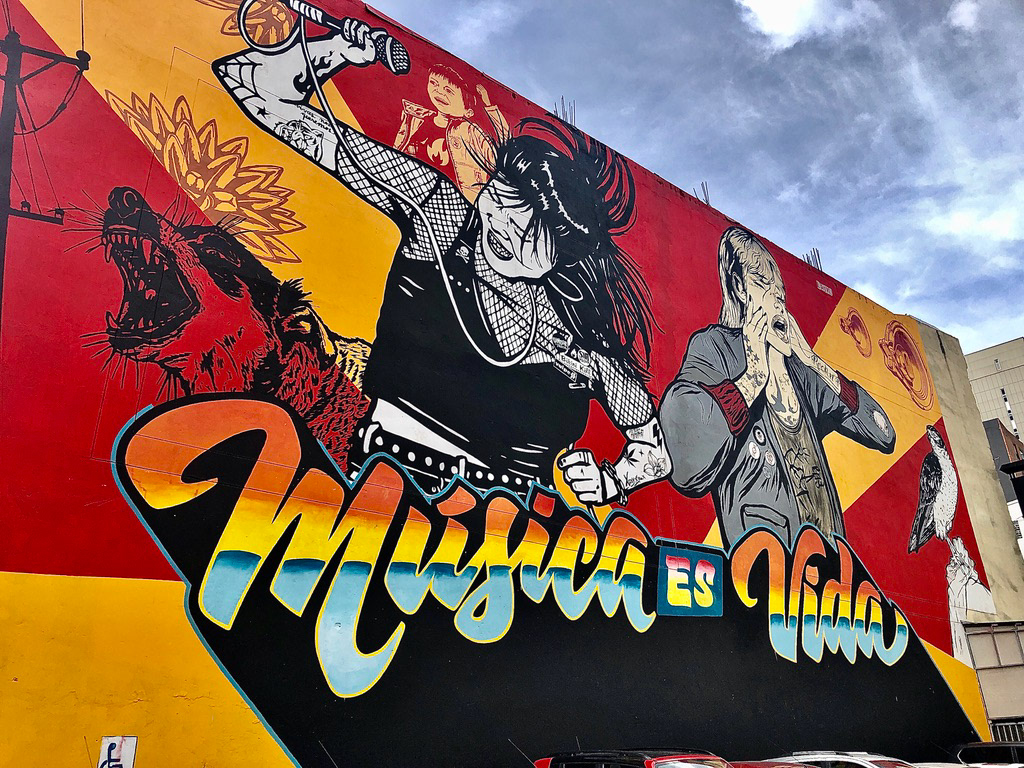
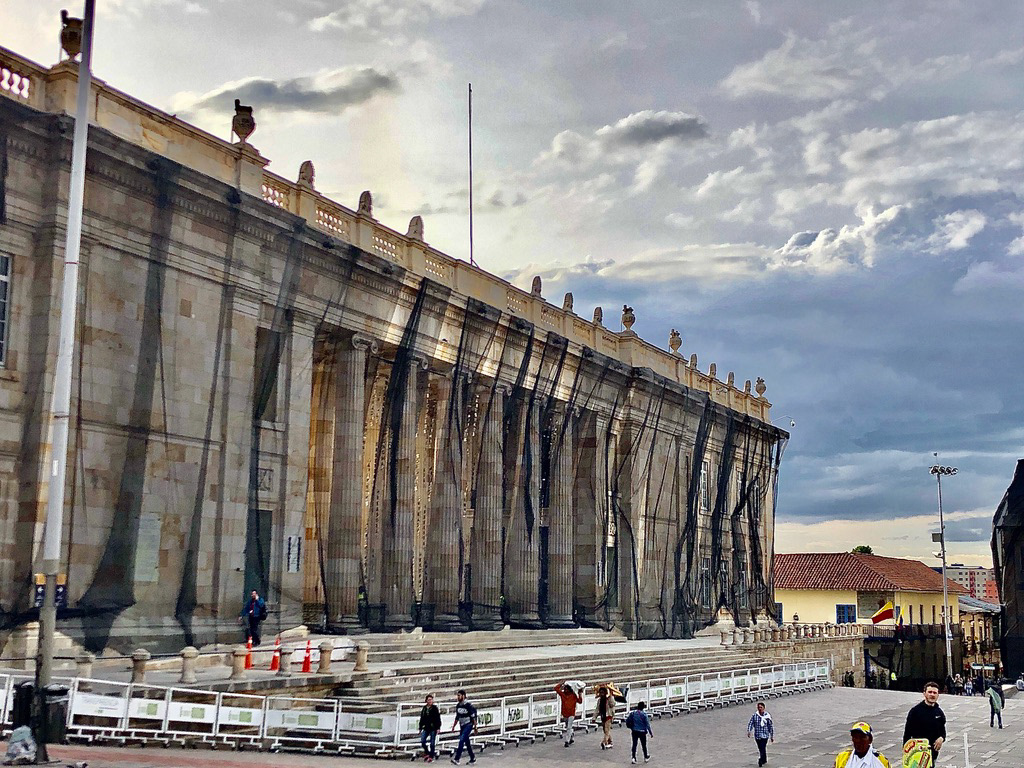
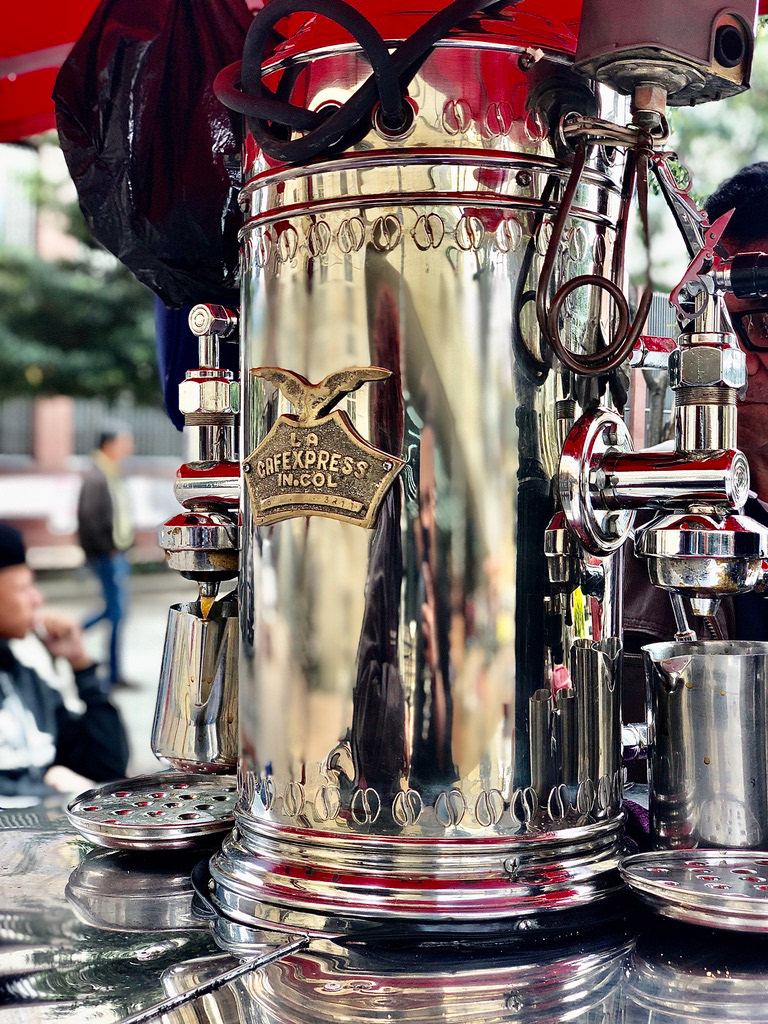
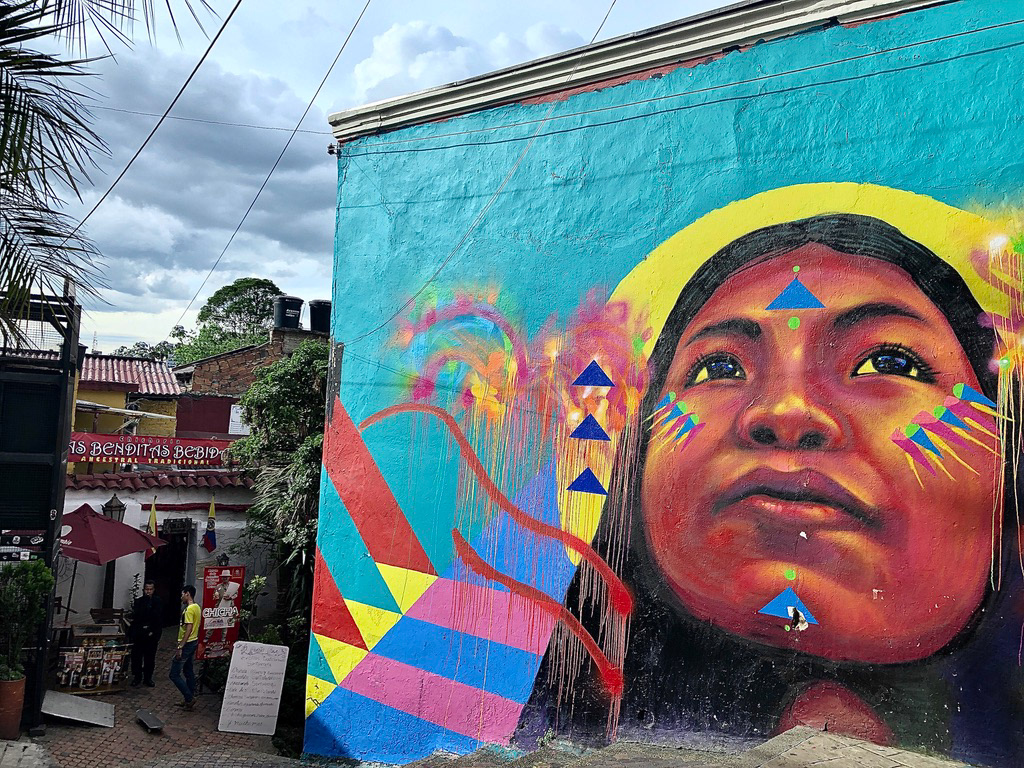

After 2.5 days in Bogota we flew to Armenia, the airport destination Salento, the epicentre of the famous coffee region. We stayed at Finca El Ocaso (a ‘Finca’ is a coffee farm where you can stay overnight) in the heart of the plantations. The transfer from Armenia airport to Salento wasn’t direct, we took a cab from the airport to Armenia bus station and then a bus from there (which is an experience itself – imagine old small buses driving fast on curvy mountain roads). If you get thirsty on the ride, be sure to look out for local vendors selling juice and fresh fruit through the window. Once in Salento, we took the typical Willys. These are old jeeps used to transfer people (now largely tourists) from the villages to the local fincas (a must-try bumpy experience).
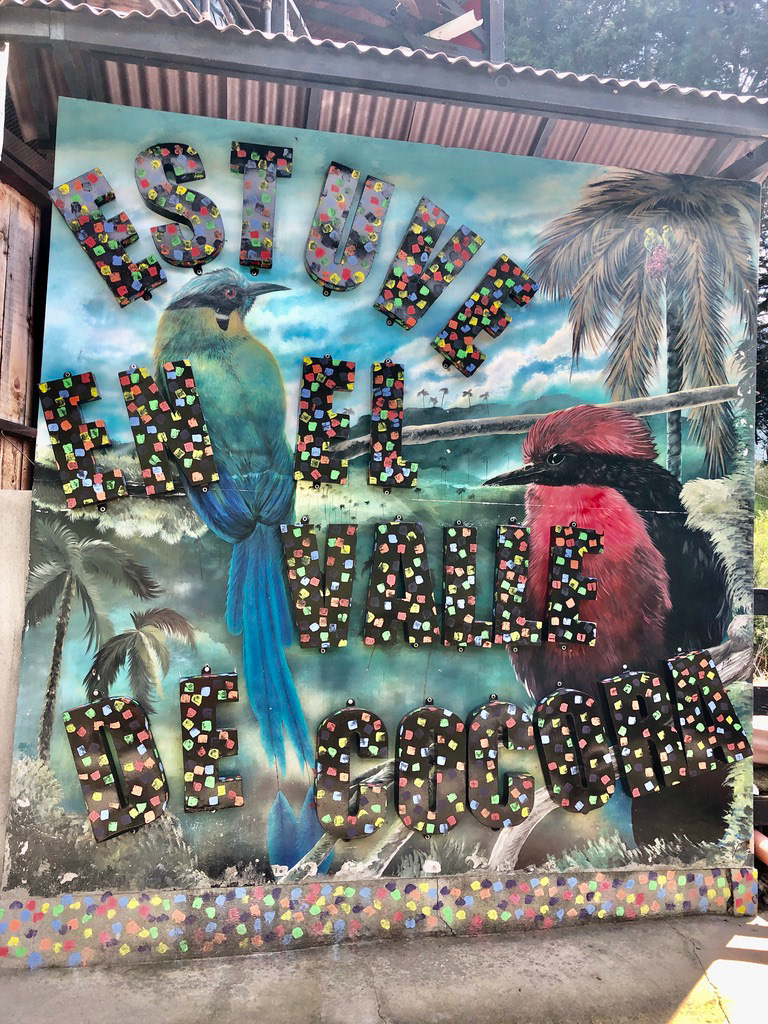
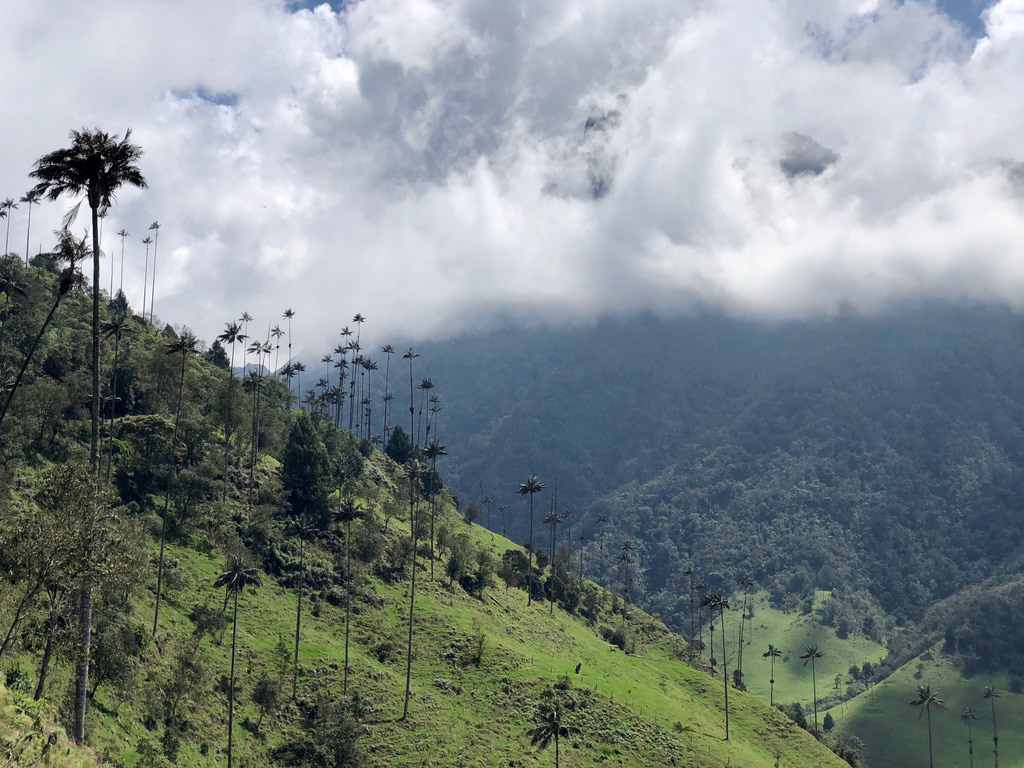
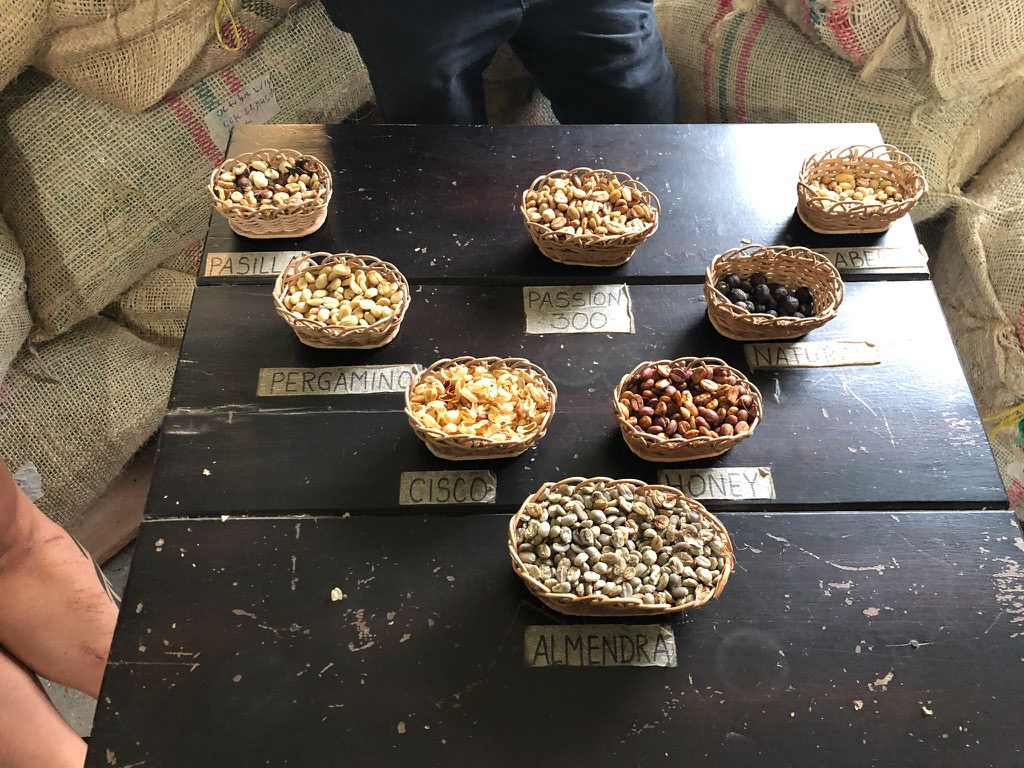
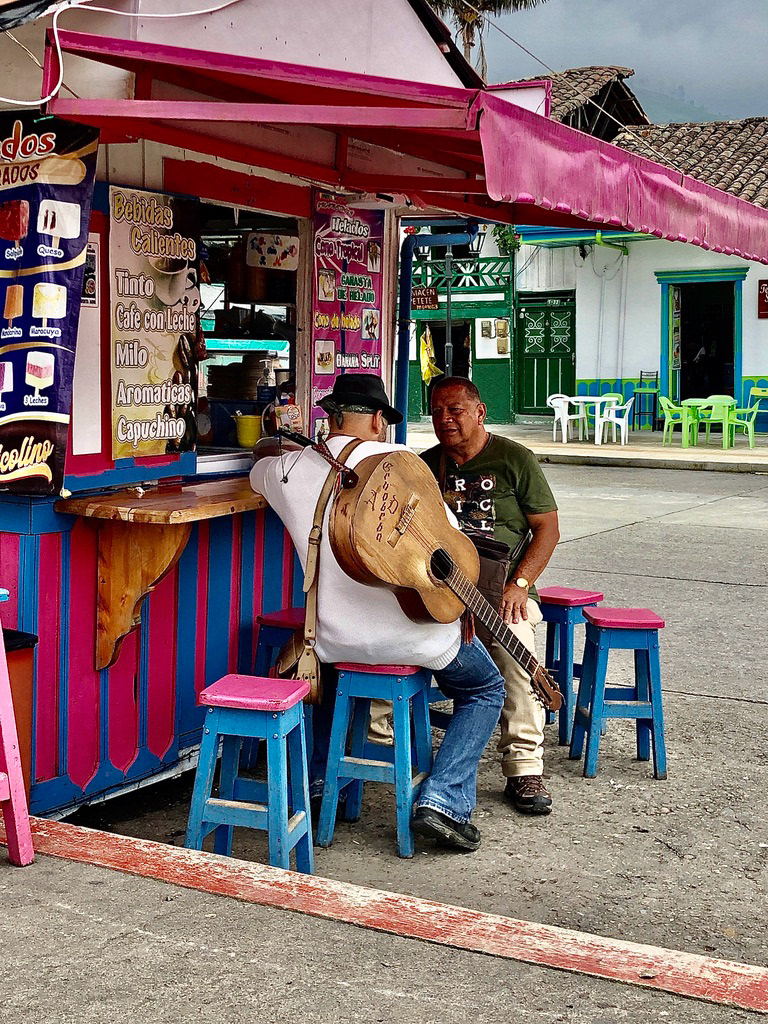
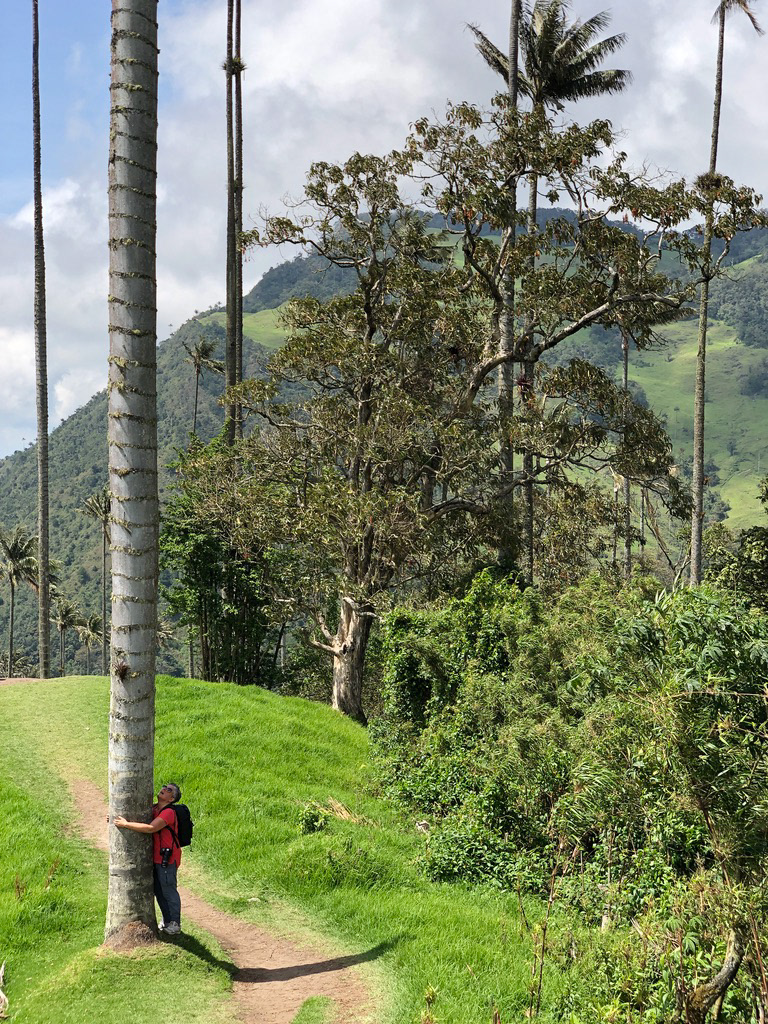
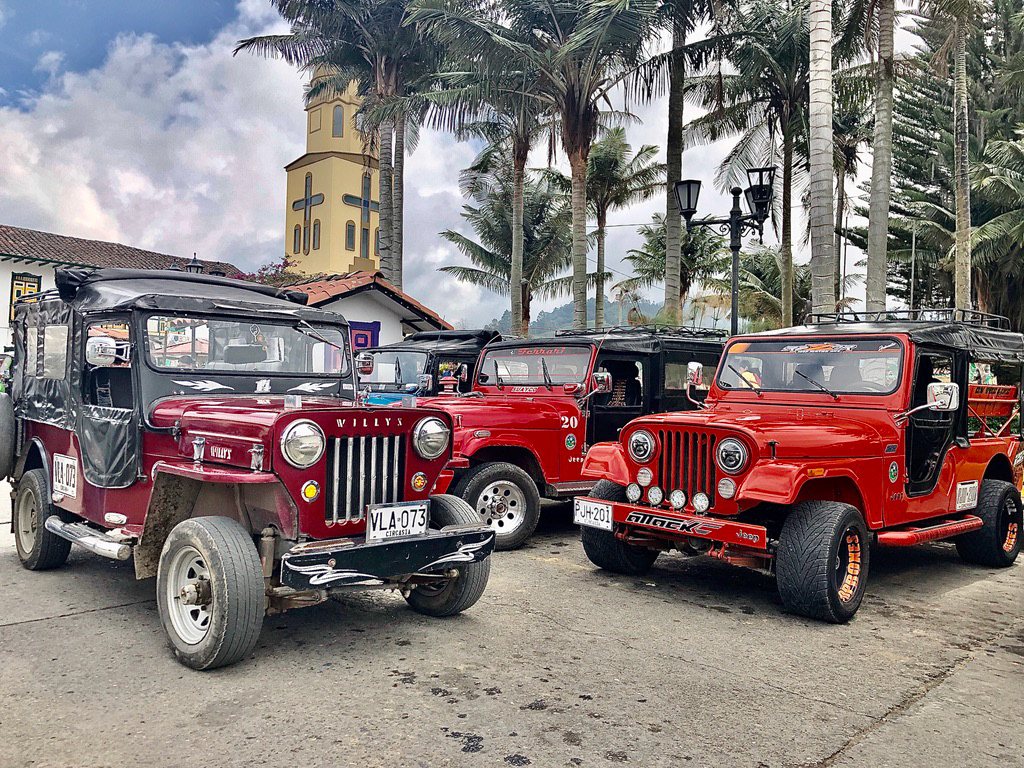

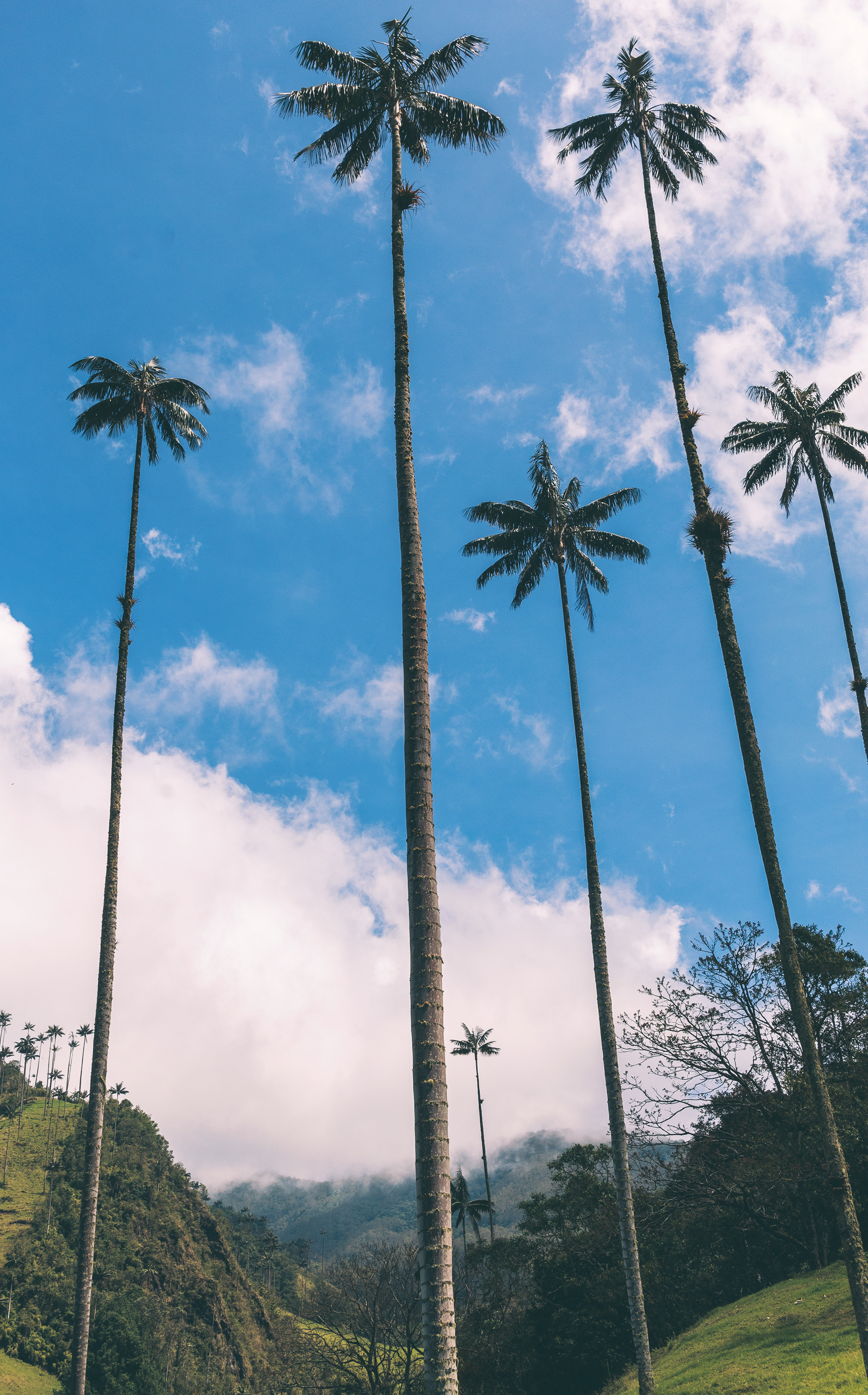
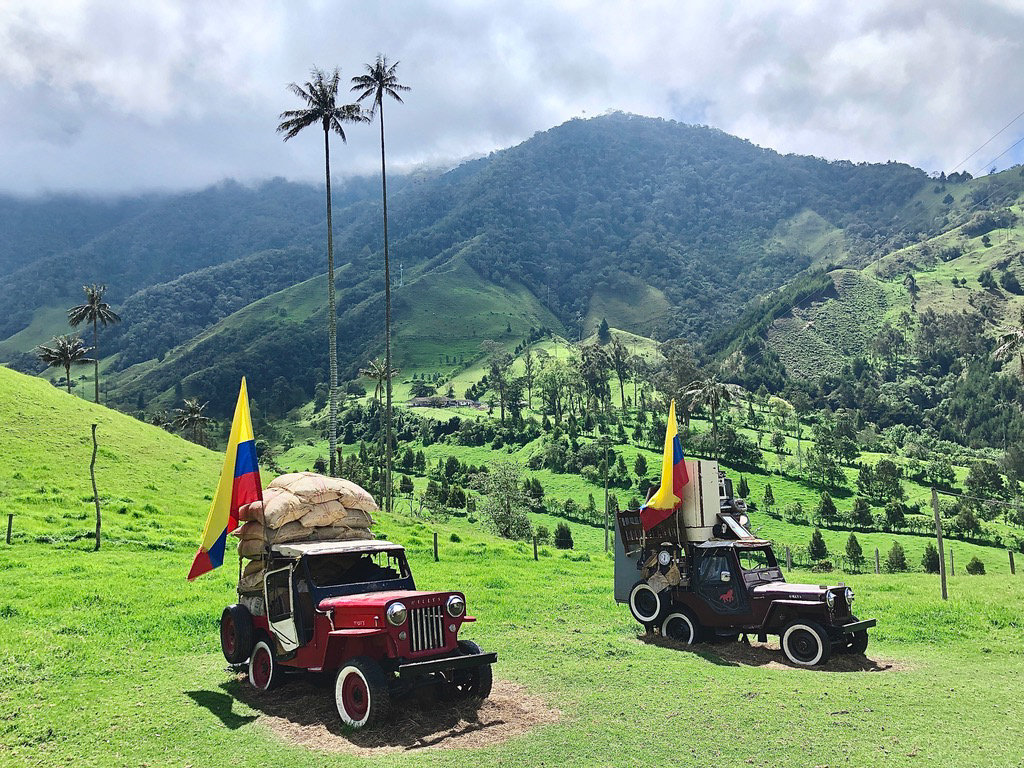
After 3.5 days immersed in nature and rural villages (including a trip to Cocora Valley), we were ready to go back to a more urban environment. And what better place then Medellin? A private taxi drove us to Armenia airport to catch a flight to Medellin on the morning of December 3rd. Medellin could be described as the cultural capital of Colombia nowadays, with the El Poblado being the cool, hip area packed with amazing restaurants, cafes and bars.
Although we wish we had planned a longer stay in Medellin, we left after 2.5 days to fly to Cartagena, one of the hottest (in all senses) places in Colombia and probably in the world. With its mix of Caribbean and Colonial architecture, colourful streets, ever-hot temperatures and beautiful islands, this is a place one has to visit at least once in their lifetime.
Our last stop before flying back to London via Bogota, was Isla Grande of the Islas del Rosario archipelago, in the Caribbean Sea of Cartagena. The transfer to the island involved a small boat running at full speed for an hour and literally leaving us on the shore of our hotel where we stayed for 2 nights (1 less than planned because of the increasing mosquito bites and lack of air conditioning system).
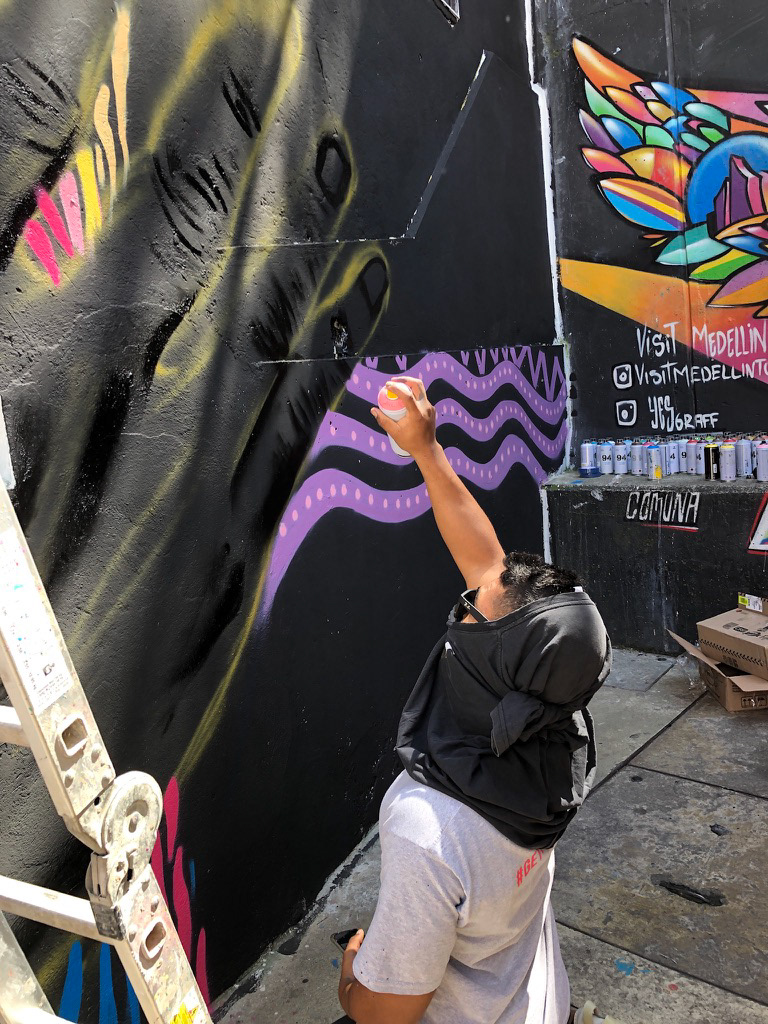

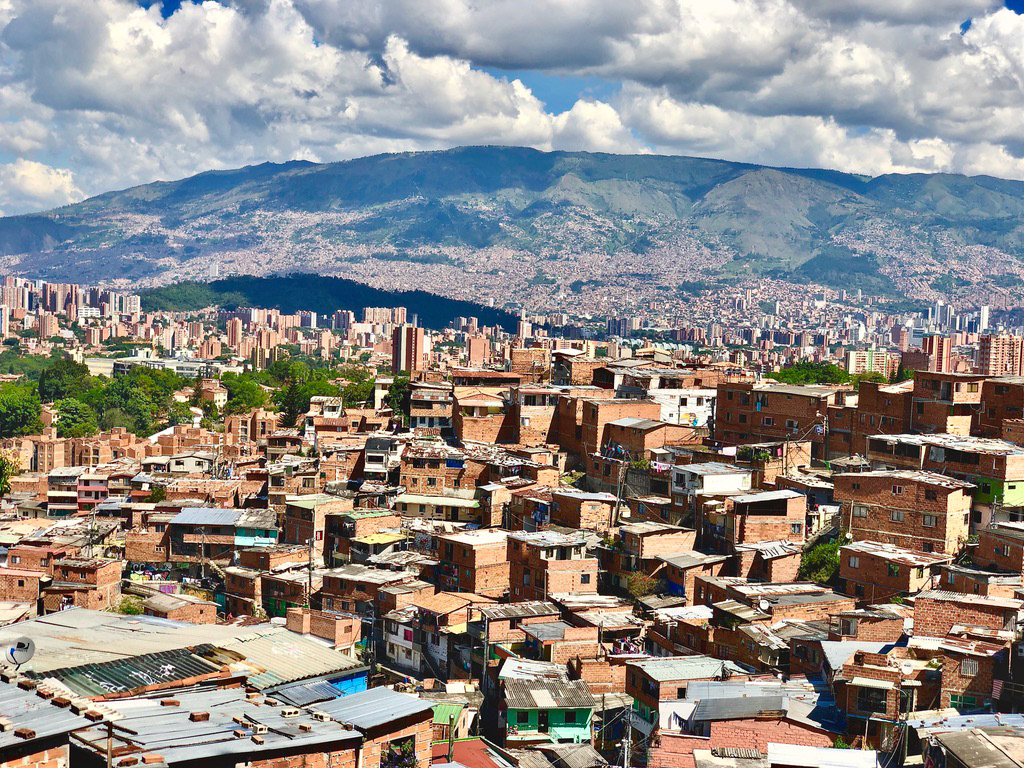
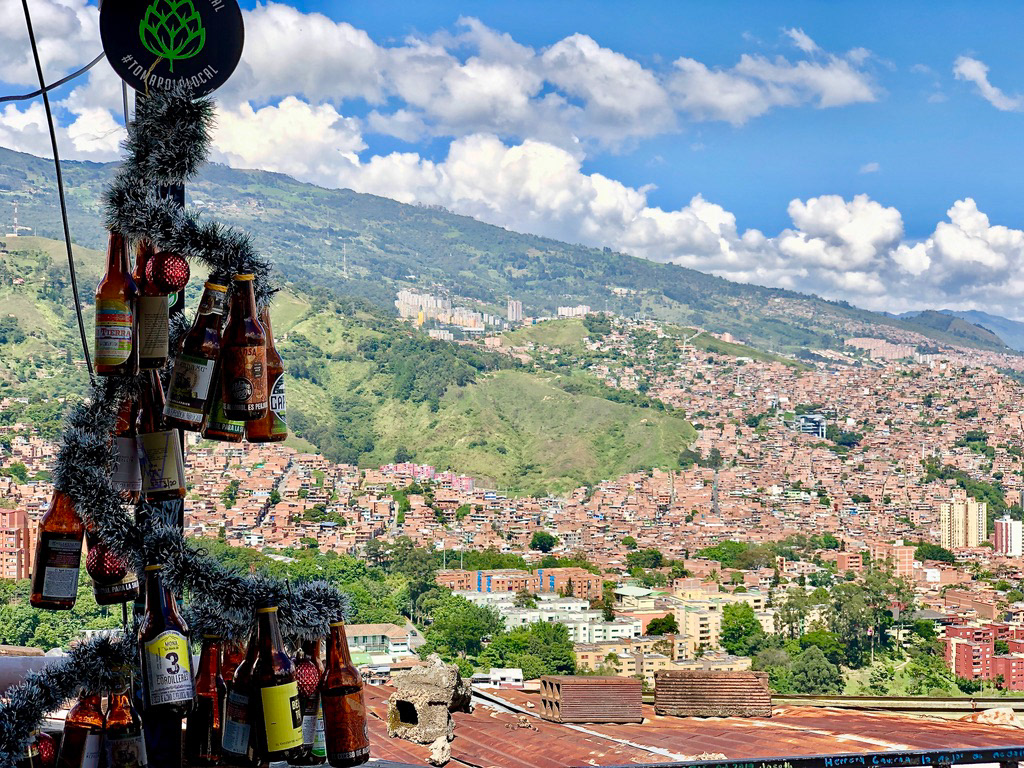

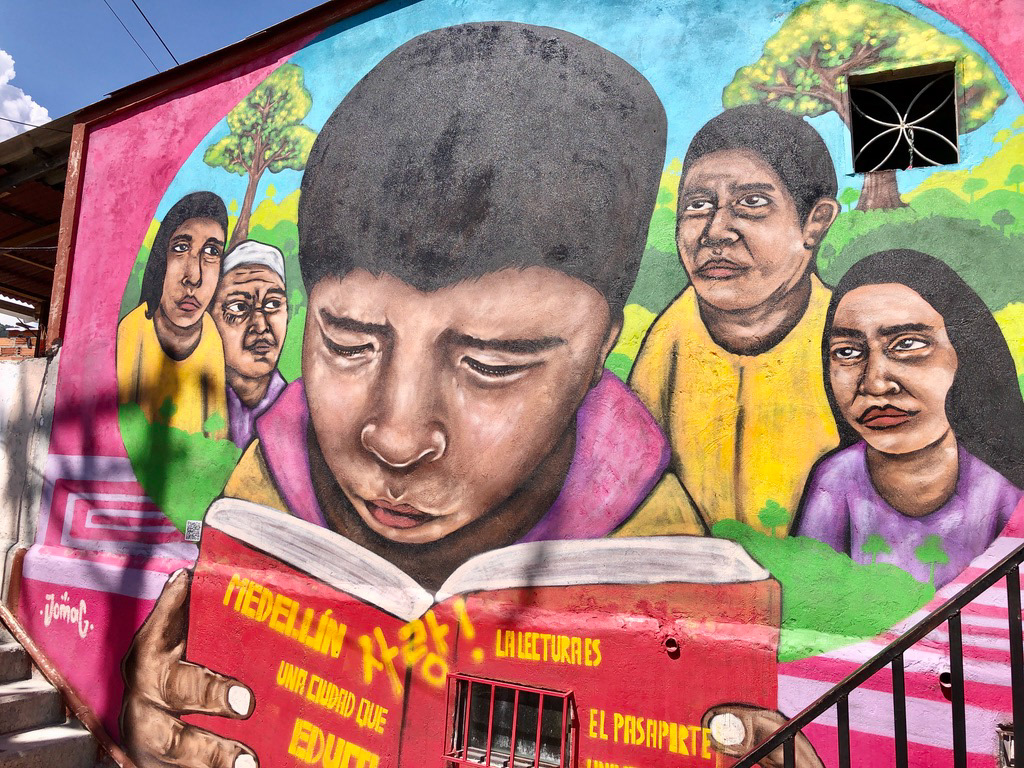
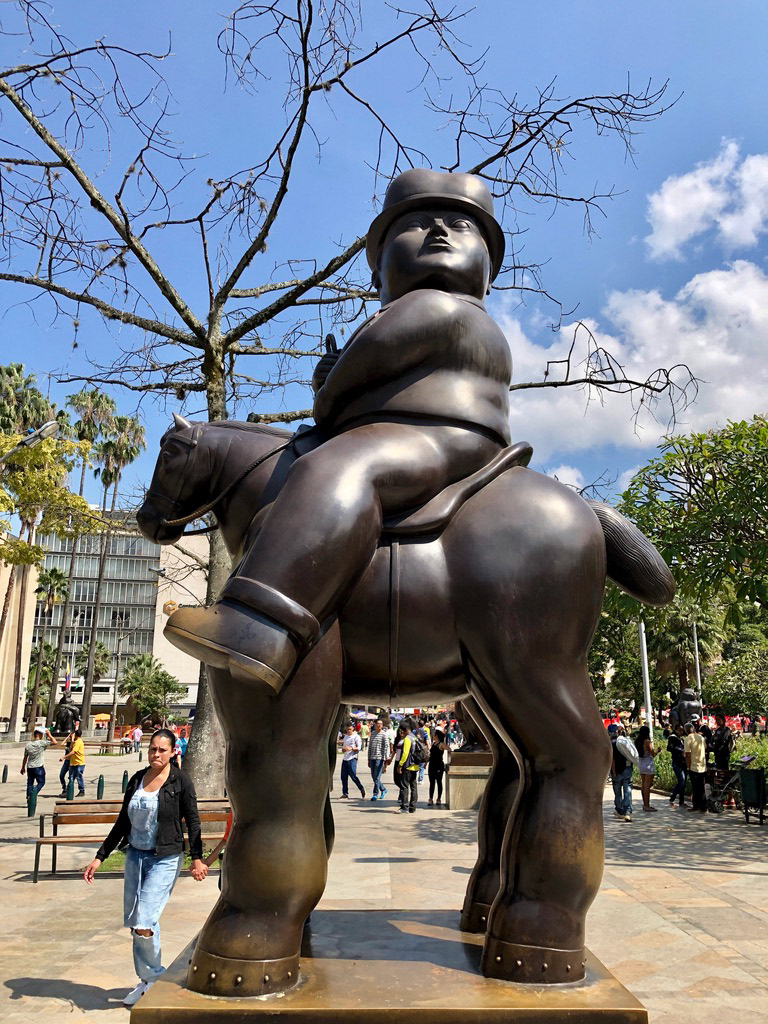
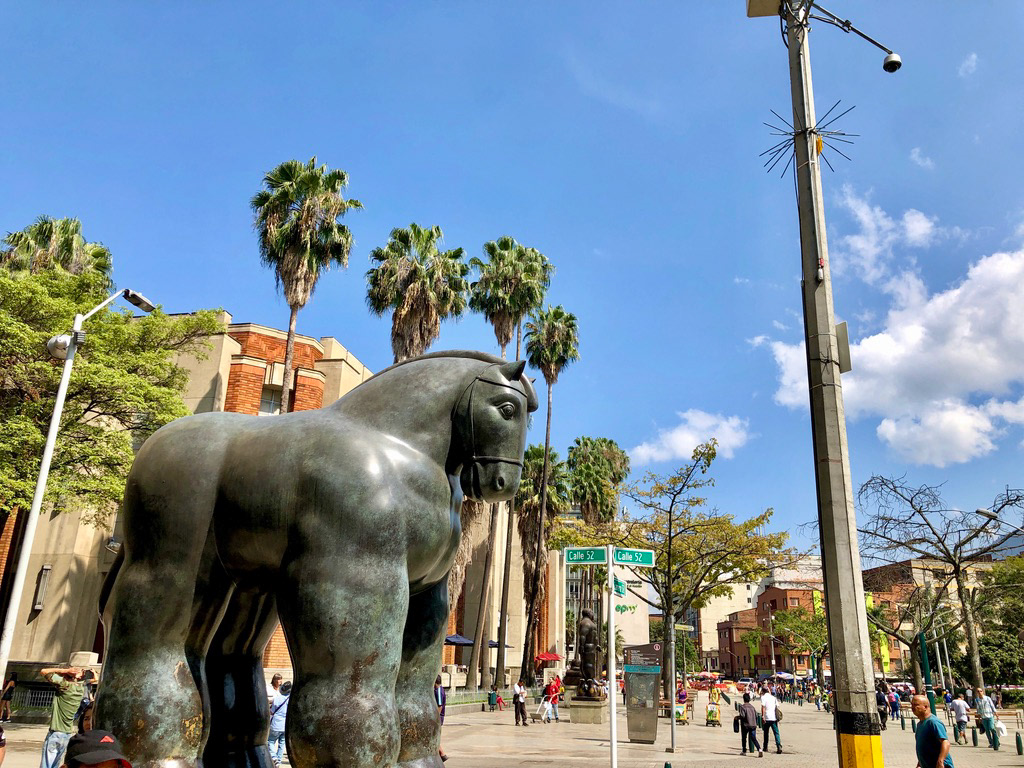
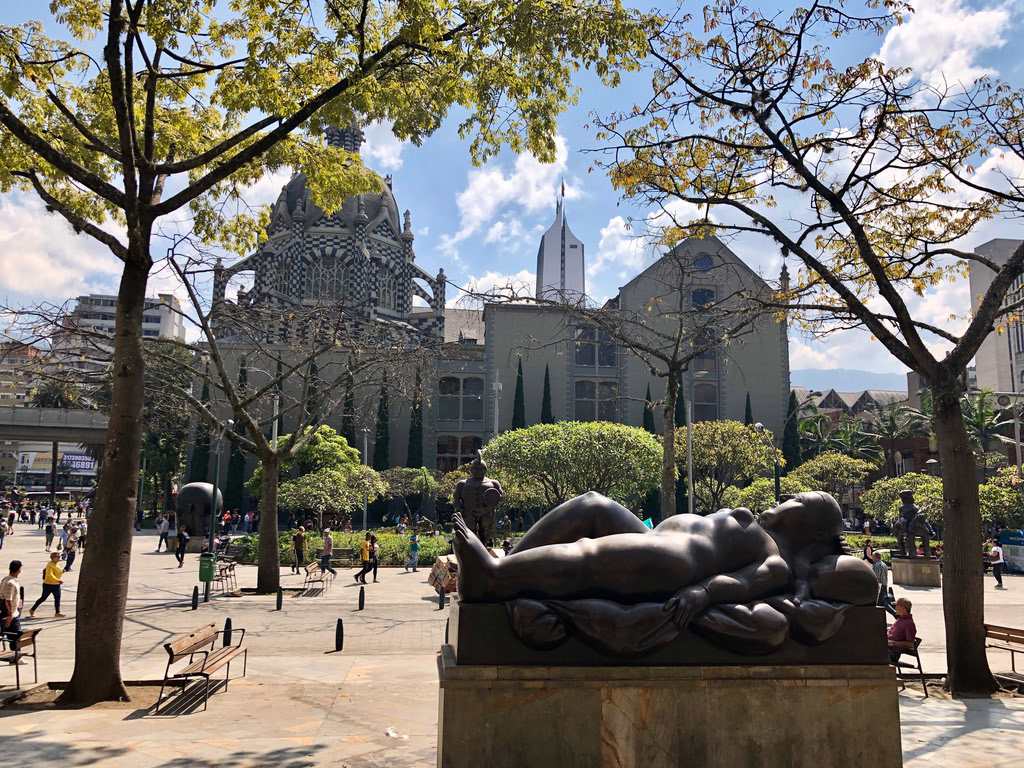
Our itinerary ended with a last unplanned night in Cartagena before flying back to Bogota and to London.
Food
Truth be told, apart from the amazing fresh fruit you find at every corner all over the country, Colombian cuisine is not the most exciting in the world. Don’t get me wrong, there are typical dishes that can be quite tasty, but there is not much choice for vegans or vegetarians (although the latter can definitely find more suitable choices). Their diet is rich in eggs, cheese, corn and chicken.
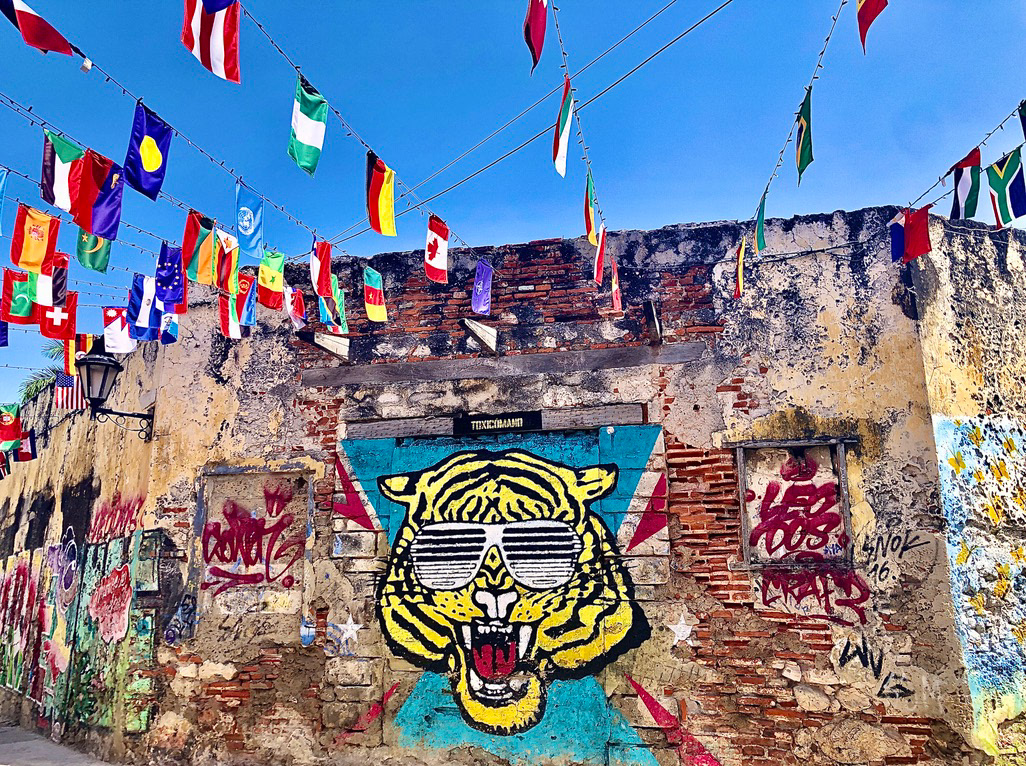

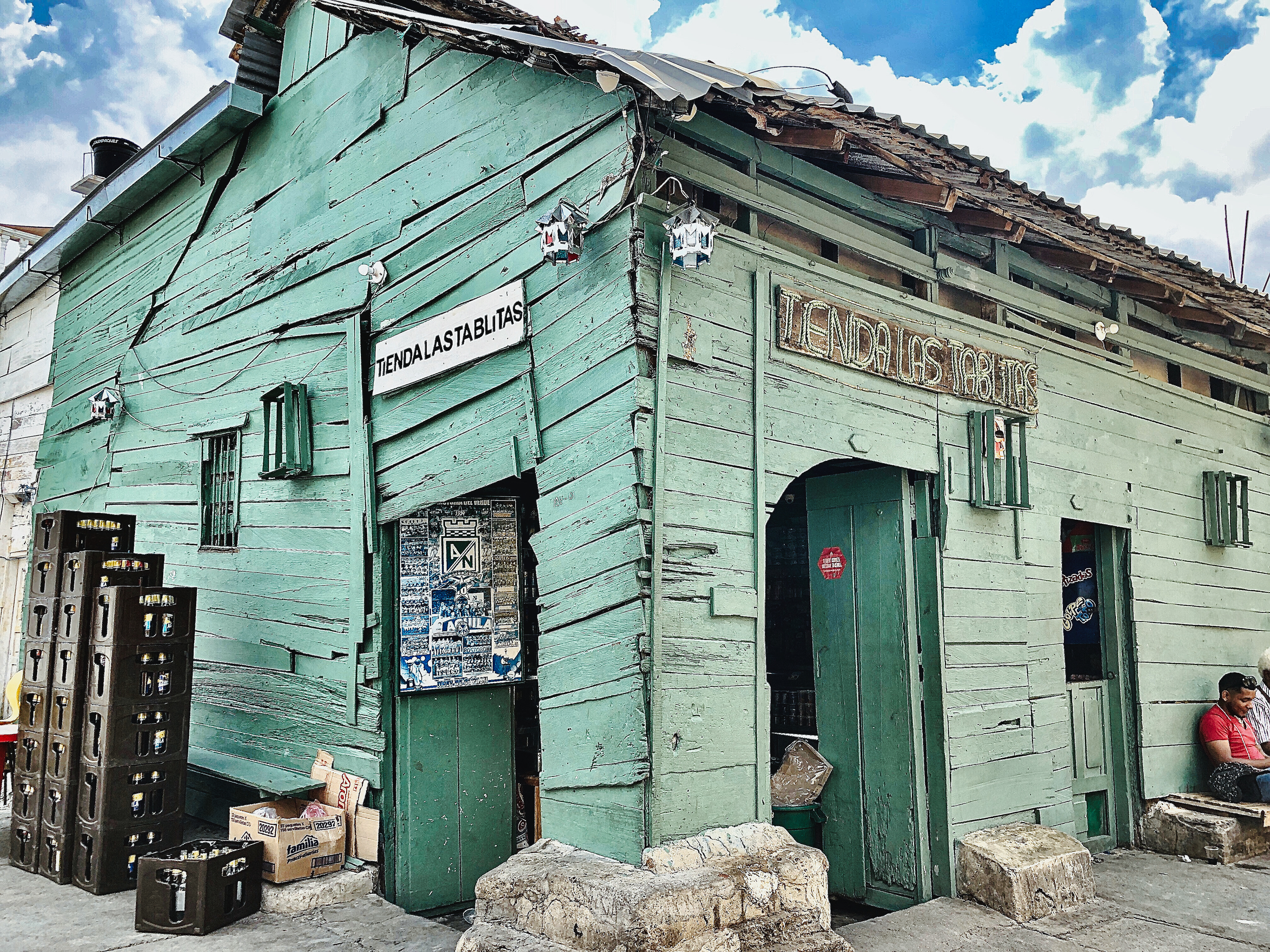
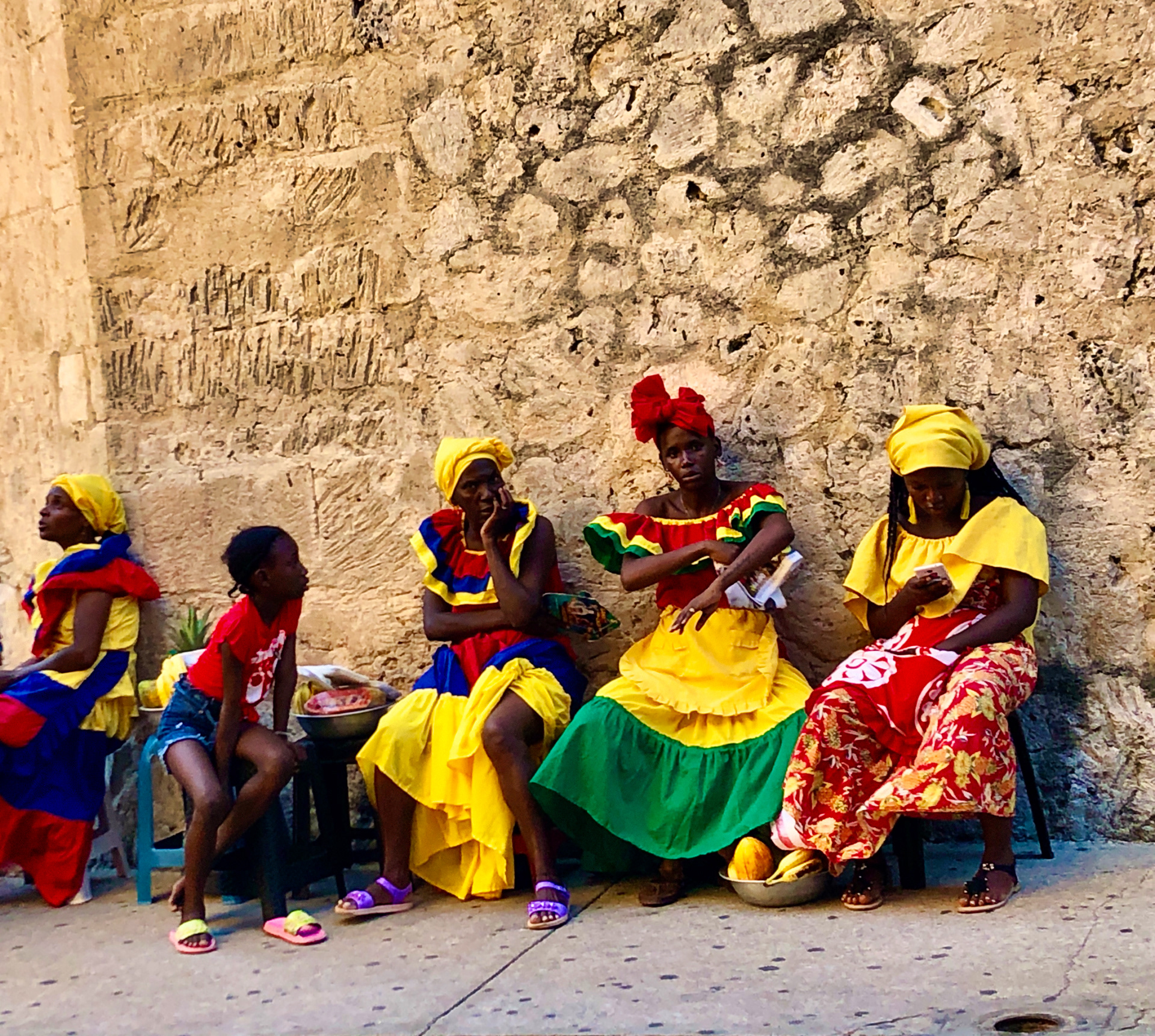


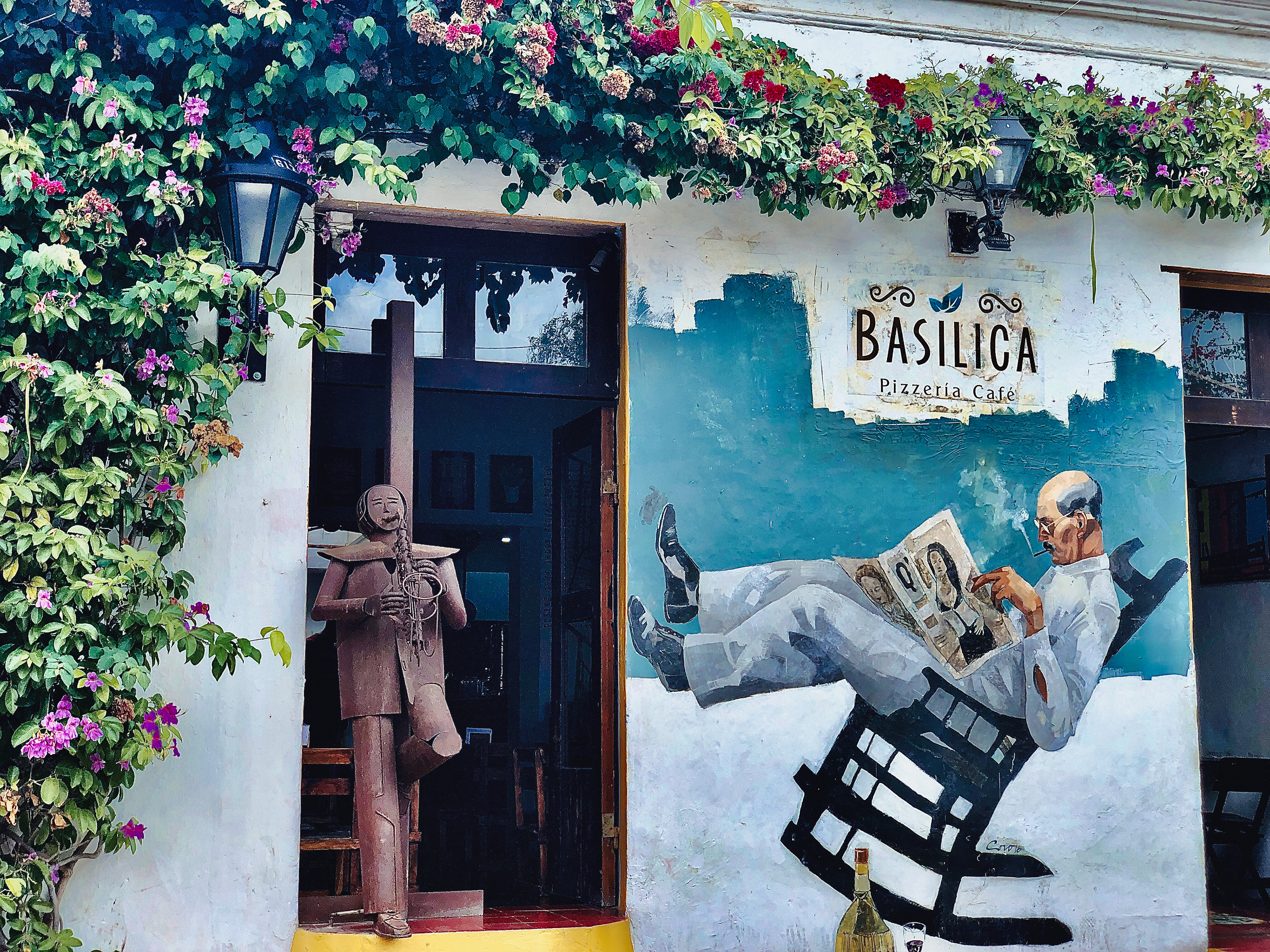
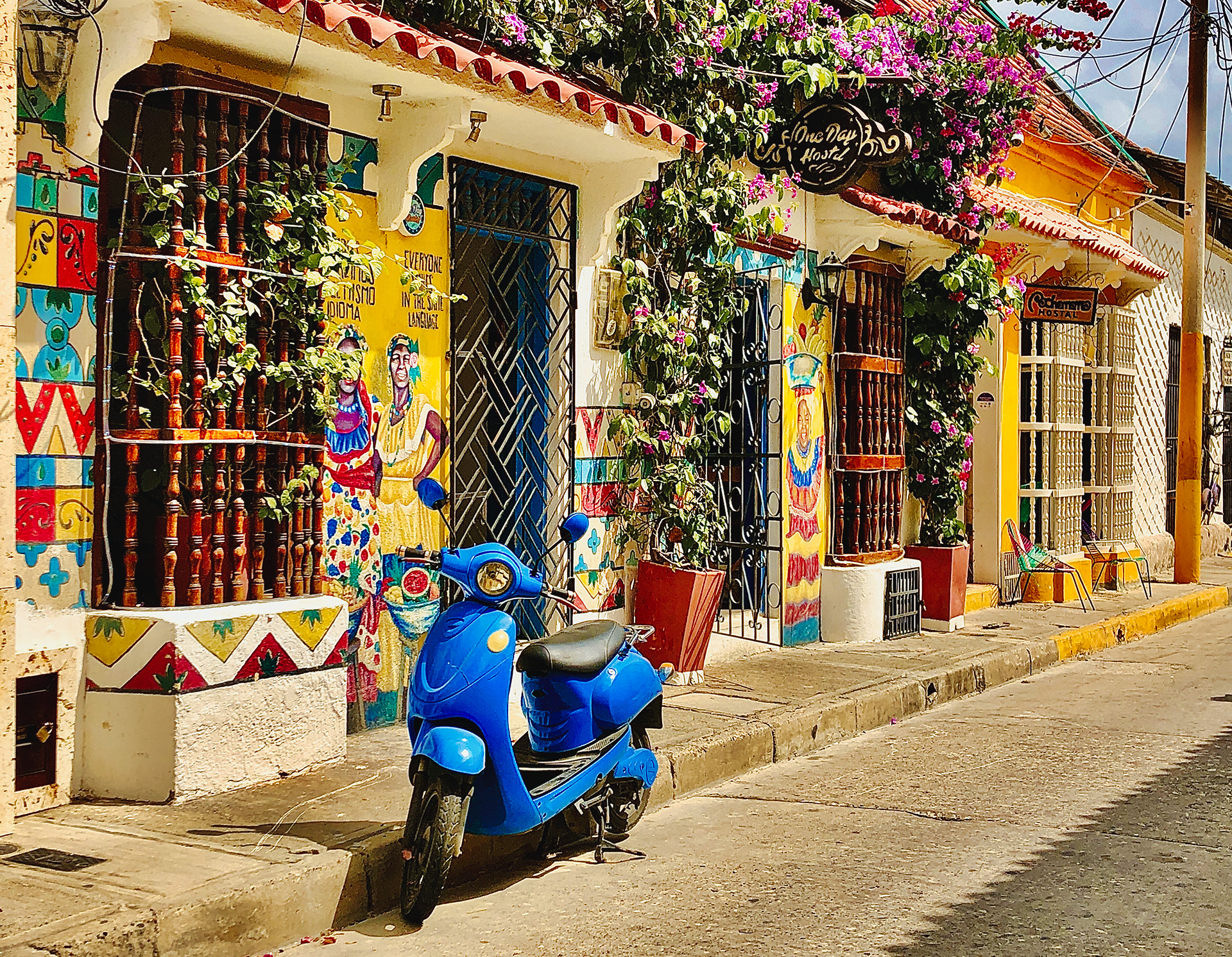
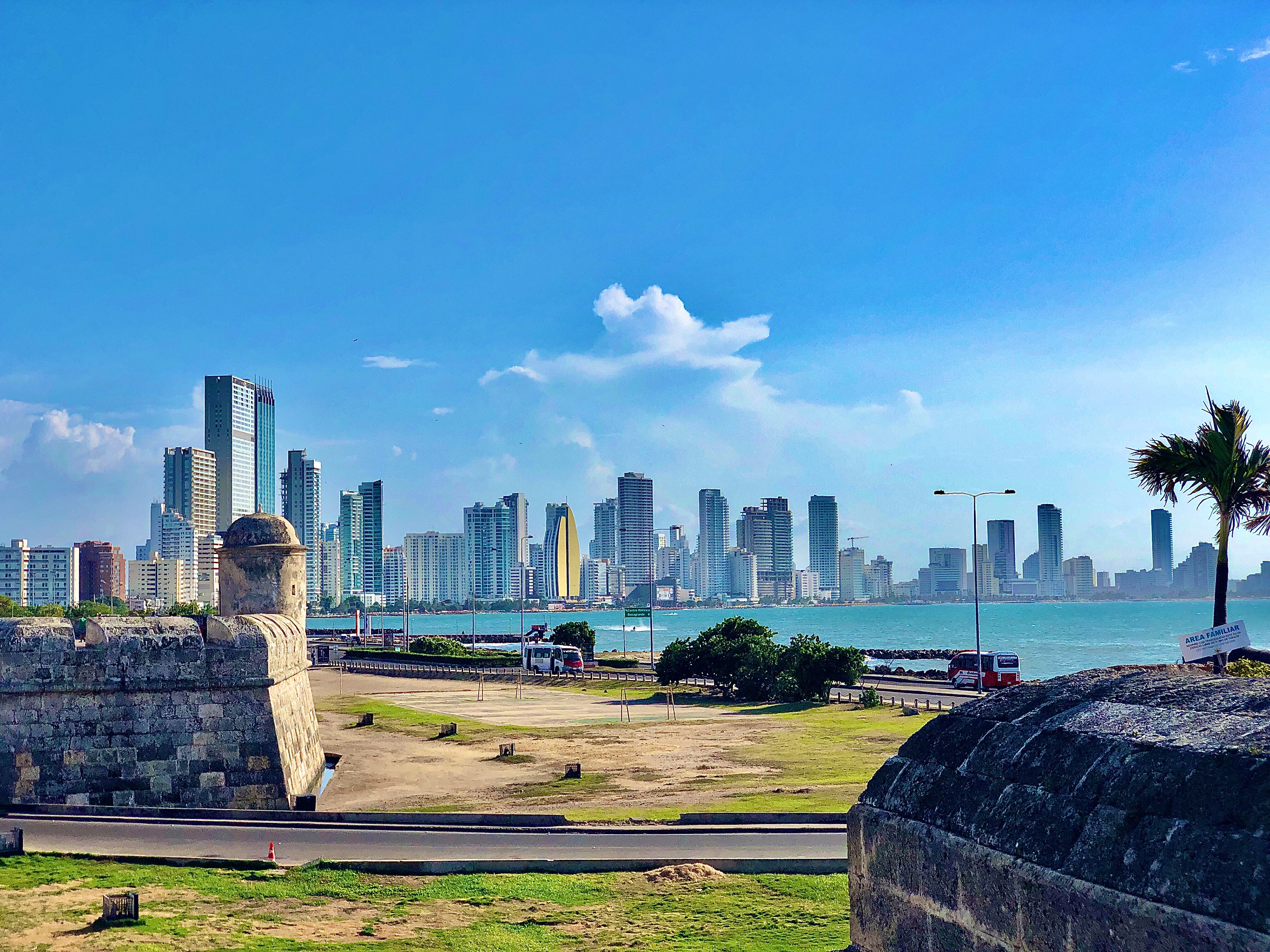
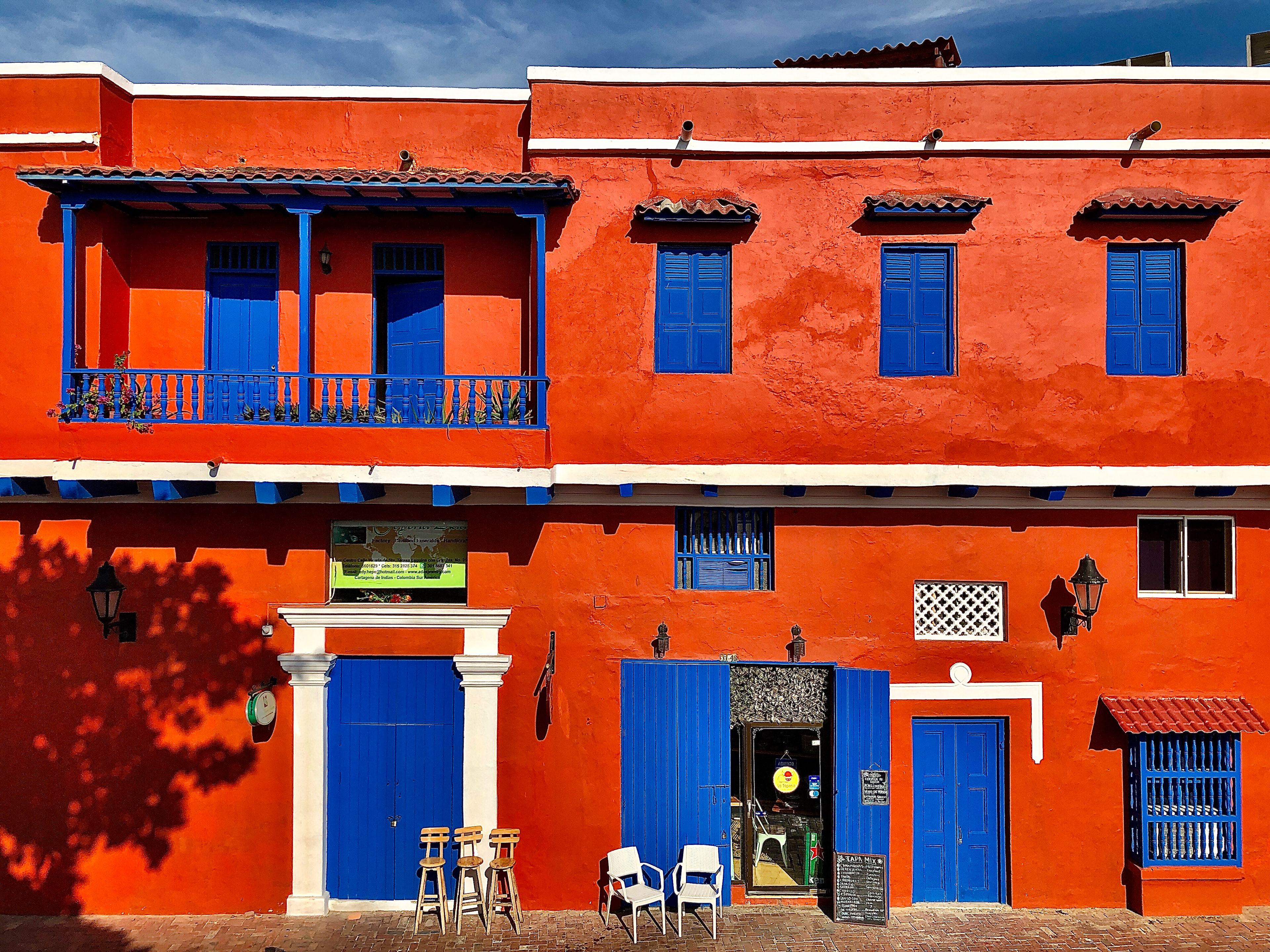
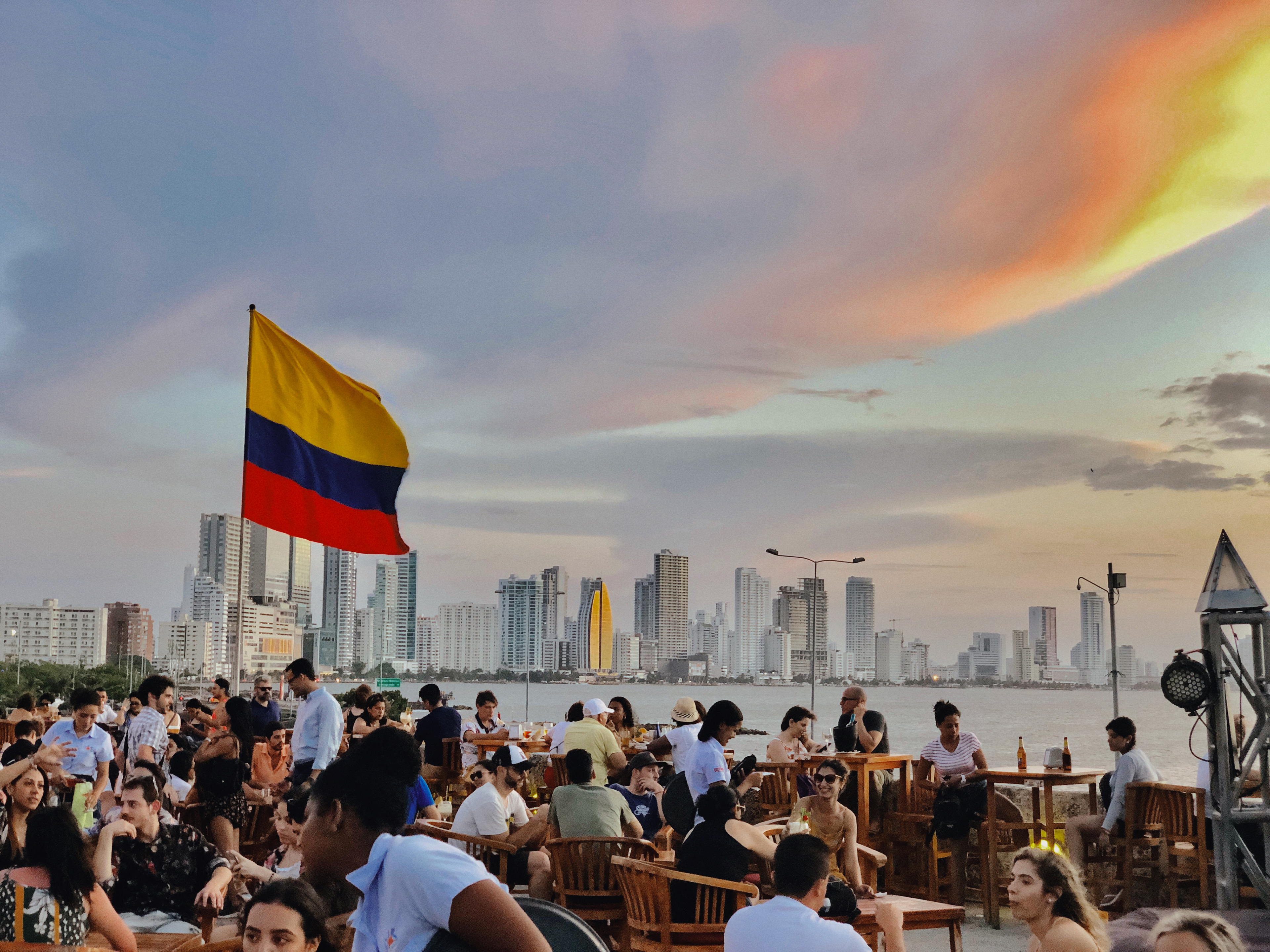

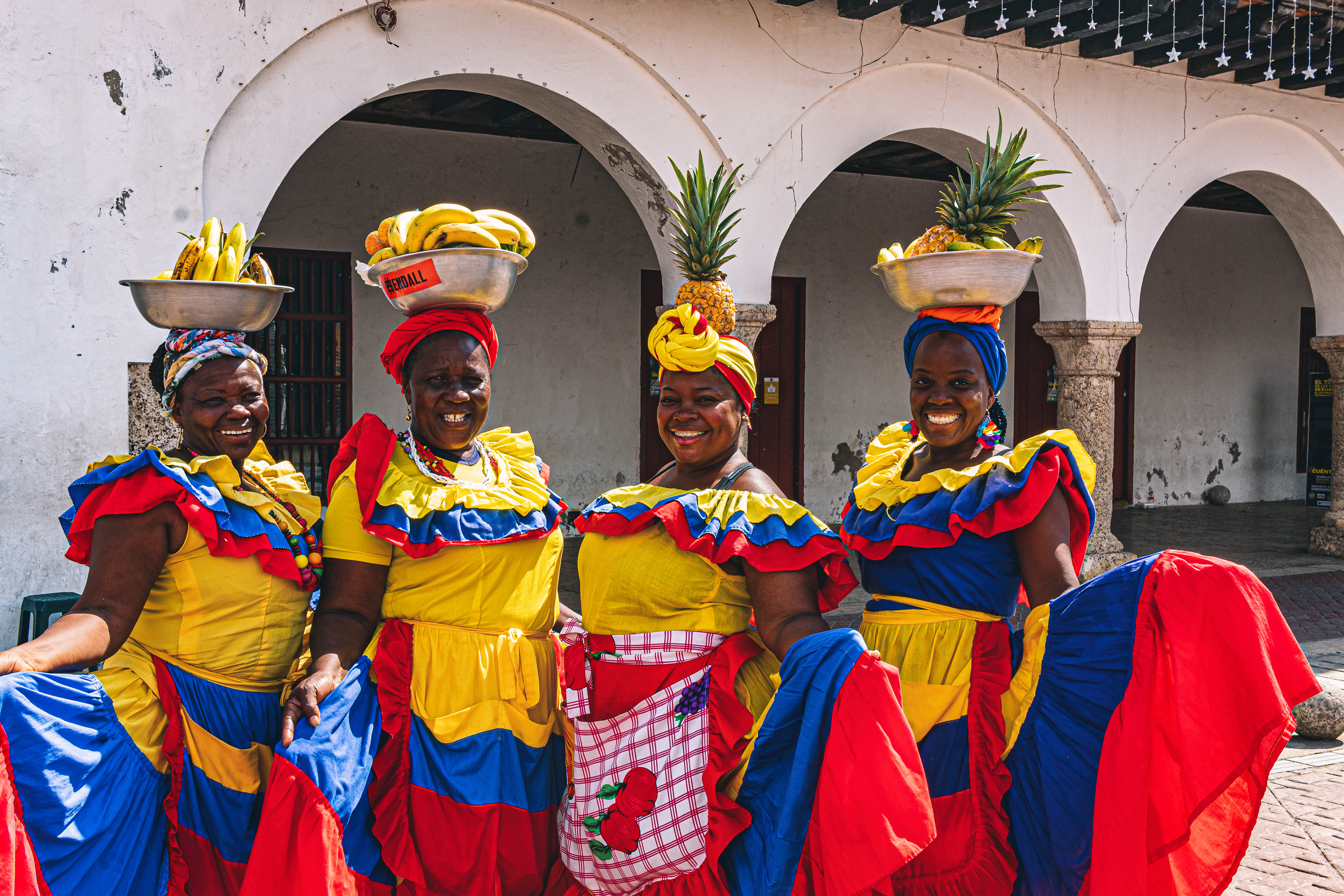
One of their specialities is Arepa, a corncake with melted butter filling. The vegan version can be quite thin and dry and pretty tasteless as the use of vegan substitutes is not that common in small centres; but I’m sure the vegetarian choice is delicious. You can buy arepas in Salento from street vendors for 0.50 Colombian Pesos (which in British Pounds or US Dollars is pretty much nearly free).
A typical dish is made of white rice, plantain, eggs, an arepa and some cheese or chips. Unless you go to a pizzeria, an Italian restaurant, Mexican etc, there is not much experimentation with recipes or variety of ingredients.
With that said, more urbanised centres like Medellin and Bogota offer a wider variety for all tastes, with amazing top notch vegan and vegetarian restaurants and bars. Our favourites in Medellin were Cafè Zorba, Justo (really impressive food and experience) and Kai. The Julia pizzeria and wine bar in Bogota is another great place with authentic Italian food and wines. If you go to Cartagena, make sure you pay a visit to Demente in the Getsemani area.
Coffee and other drinks
Let’s put it this way: if you enjoy a very light, shallow-tasting coffee then you’ll enjoy coffee in Colombia. They will admit right away that their best coffee beans are sent over to Europe and North America, so do not expect the local coffee to taste great. In fact, it’s a Starbucks-level coffee… if you’re used to thick, strong, black coffee, then you probably should avoid drinking coffee in Colombia, as much as this statement sounds like an oxymoron.
As for the drinks, there are quite a few cocktails that you must try when in Colombia. The most obvious one is Pina Colada in Cartagena if anything for the amount of delicious coconut available in the country. Rum-based cocktails are very popular, and if you go to Salento make sure you try the Canelazo, a delicious, warm, spiced cinnamon rum cocktail, which actually originated in Ecuador.
Colombia’s flagship drink is Aguardiente, an anise hard liquor that Colombians enjoy all year round. A daily beer seen all over was Aguila and it comes in lighter versions for those hotter days.
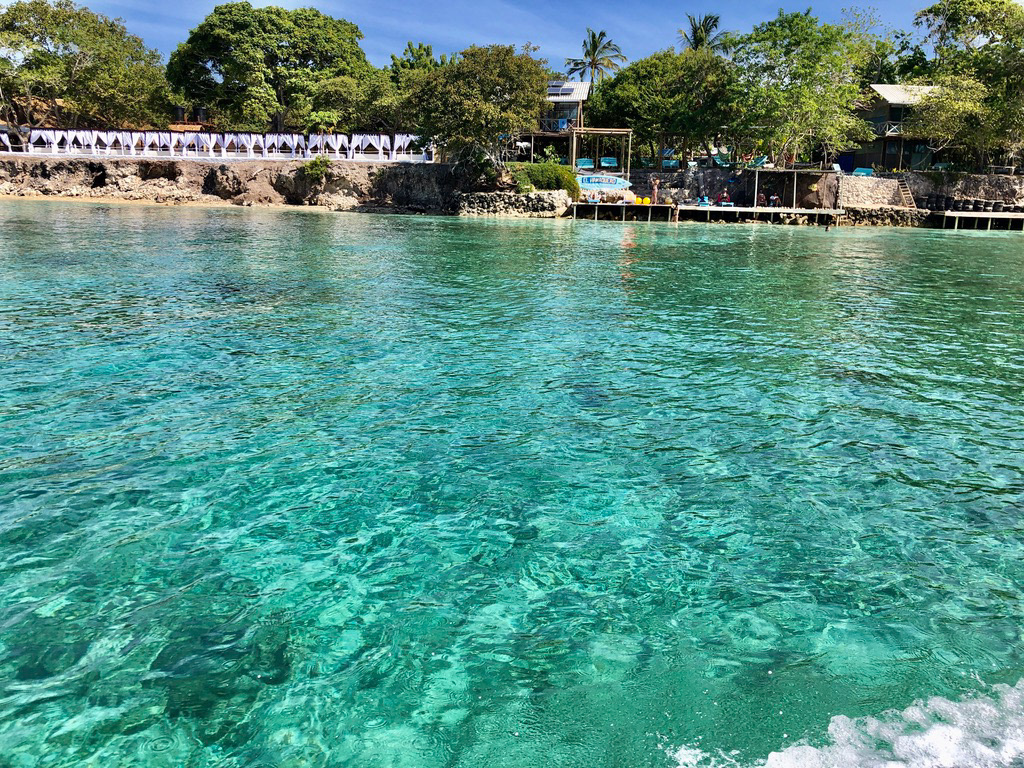

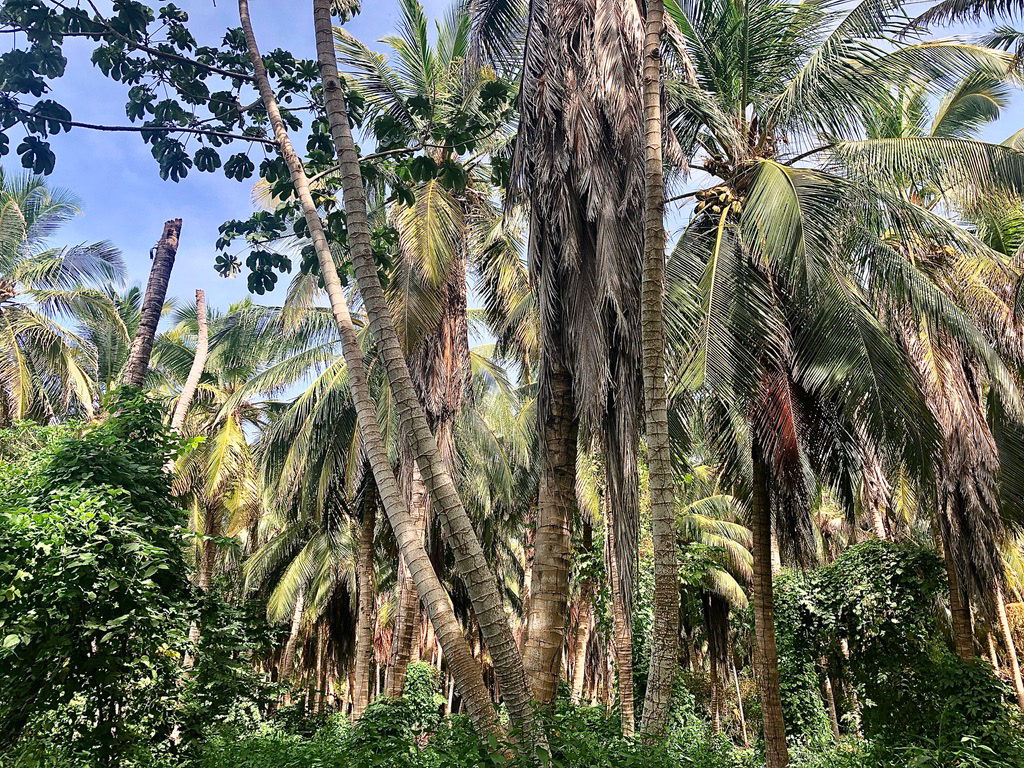
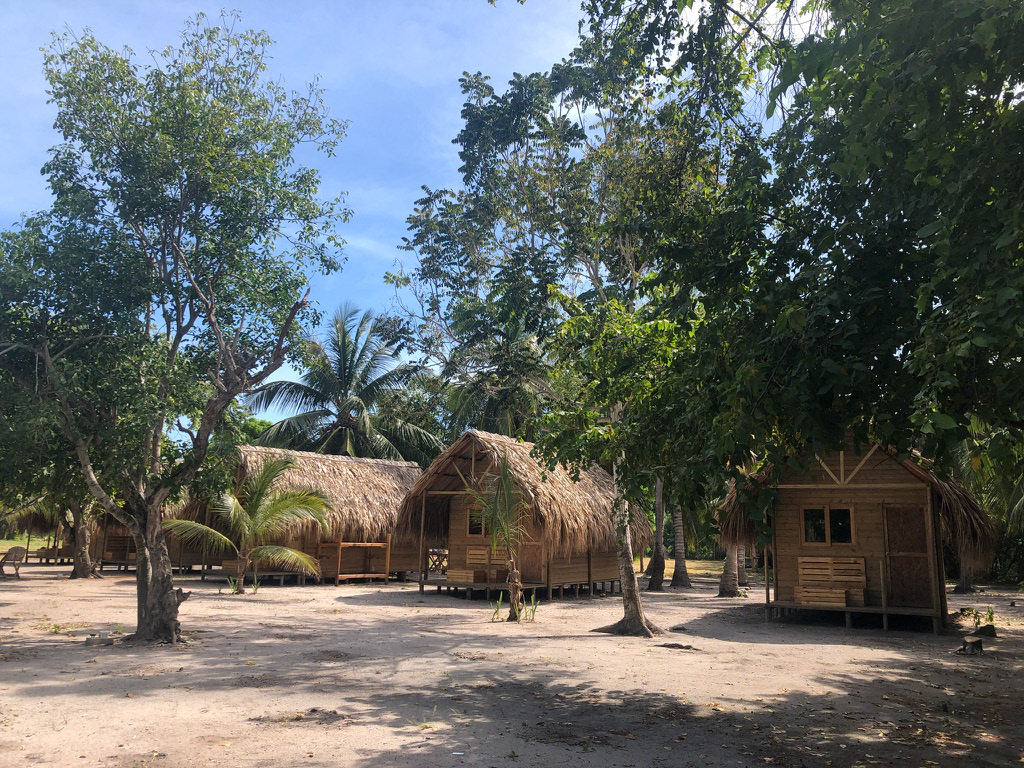

Weather
Colombia’s weather varies depending on the latitude, but get ready to sweat a lot whatever time of the year if you go to the North coast. Cartagena and the Islands weather is tropical hot, with very high levels of humidity. Even if you love hot weather, get ready to crave air-con every hour to find some peace. Worry not though, as all hotels and bars have air-con systems in Cartagena; the hotels on the islands, however, only offer fans, so sleeping at night can be challenging. Overall, though, it’s still worth it and the beautiful seascapes will compensate. Remember, the further south you move, the less hot it gets.
Medellin has actually the perfect weather, with 20 to 30 degrees all year round. Bogota can get quite cold in the evenings due to the altitude (2,600 mt above the sea level), so make sure you bring something warm with you, especially for the evenings.
Conclusions
We managed to pack this itinerary in 2 weeks and although we were in the same country all the time, it felt like being on different holidays because of Colombia’s amazing variety of scenery, food, weather and culture. We only scratched the surface of what this beautiful country has to share – like whale watching, Santa Marta, the Amazon and Cali – so we are already looking forward to going back and enjoy everything and more Colombia and its warm people can offer.
